
Energy efficiency and use of energy from renewable sources

Fight against climate change

Circular economy and waste management
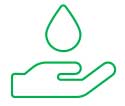
Responsible and efficient use of natural resources

Mitigating the mining site impact
746.1 thousand GJ
total energy consumption, -22.7% since 2022
53.6 thousand tCO₂e
direct emissions (Scope 1), -24.2% since 2022
94.8%
percentage of waste produced by the mining site sent for recycling
13.5 thousand m3
water used in the Industry division offices
77 hectares
of mining site land recultivated since 2019o
100%
replacement rate of pre-existing lights with LED lights in IMS production areas
2.9 thousand tCO2e
indirect emissions (Scope 2), -26.5% since 2021
134.9 thousand m3
percentage of waste produced by the mining site sent for recycling
3.5 thousand m3
of purified wastewater from the mining site
95 thousand
trees replanted since 2019, on restored land
6 mln €
invested in the renewal of vehicles and machinery with a lower environmental impact for the mining site
200 ton CO₂e
estimate of avoided emissions thanks to the photovoltaic system installed on one of our Industry area facilities
Our keywords
‘People and the environment first’ is the lever that has always guided Coeclerici in pursuing its business. The Coeclerici Group meets the highest international safety standards with respect to the environment, in all the countries of the world in which it operates.
Protecting the environment and improving people’s quality of life are in fact the two main drivers of the Group’s development model, supporting economic growth and entrepreneurship whilst ensuring security and prosperity for future generations.
Consistent with this approach, following a carbon footprint measurement process conducted in 2020, the Group is evaluating the implementation of an action plan that includes gradually offsetting its annual CO2 emissions. This commitment is paired with ongoing efforts to research and adopt the best available technologies to reduce emissions on-site.
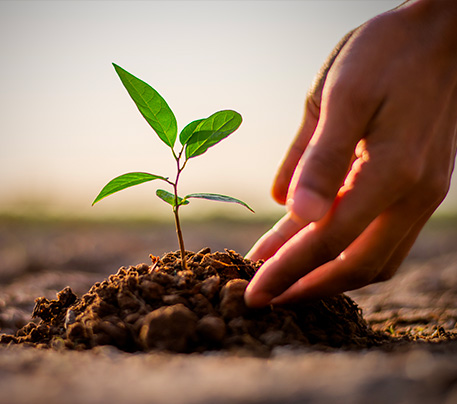
Certifications
n 2022, IMS launched the project to obtain ISO 9001, 14001, and 45001 certifications, related respectively to Quality, Environment, and Occupational Health and Safety. In 2023, it achieved ISO 9001, obtained ISO 14001 certification in December 2024, and expects to achieve ISO 45001 by 2025.
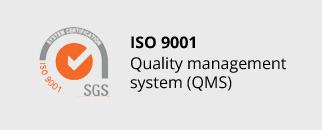
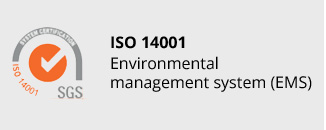
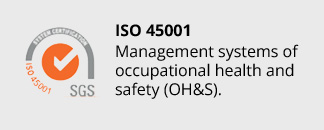
IMS Technologies is working to obtain the same certifications: the project was launched in 2022, the ISO 9001 standard was is expected to be achieved by 2023. The others are expected to be achieved by the first half of 2024.
The mining site
The mining site is one of the first mining sites in Russia to achieve these objectives and represents an example of excellence in the Green Kuzbass project, promoted by the Governor of Kemerovo to give a ‘green’ change to the activities carried out in the area. This is an important and concrete milestone in the evolution of sustainable development policies and gives evidence of the company’s constant commitment to reducing the environmental impact of metallurgical coal, an irreplaceable source in steel production for the next twenty years.
Photovoltaic systems
The Group started the construction of a latestgeneration photovoltaic system on the roof of its Calcinate facility, which came into operation in 2023. The plant can cover about a third of the facility’s electricity consumption: its estimated annual production is 385,000 kWh, reducing at the same time the company’s dependence on energy suppliers as well as CO2 emissions. It is estimated that more than 200 tons of carbon dioxide emissions are avoided every year, corresponding to what is absorbed by more than 10,000 trees.
In addition, photovoltaic panels will be installed in 2024, with an installed power of equal value, on the roof of the new shed completed in the course of 2023.
Energy efficiency and renewable energy
Between 2021 and 2022, a campaign was launched to replace existing lights with latest generation LED lights with low energy consumption both inside the facilities of Calcinate and Seriate and in the squares outside the two facilities. At the Casale facility, about 80% of the lights have been replaced with LED lights, with estimated savings of about 34.5 tons of CO2, corresponding to that absorbed by about 1,700 trees.
Circular economy
In 2022, 96% of the waste produced by mining was sent for recycling, using an external company. Only 4% of waste was sent to landfill disposal, in a constant proportion over the three-year period.
Most of the water used in the mine comes from the reuse of surface rainwater, with average consumption of more than 20,000 m3 a year over the last three years. This water is mainly re-used to dampen the roads and site during excavation work to reduce the generation of dust, especially during the hottest months.
In 2022, 195,490 m3 of rainwater were used, an increase compared to previous years due to the extension of dusty surfaces.